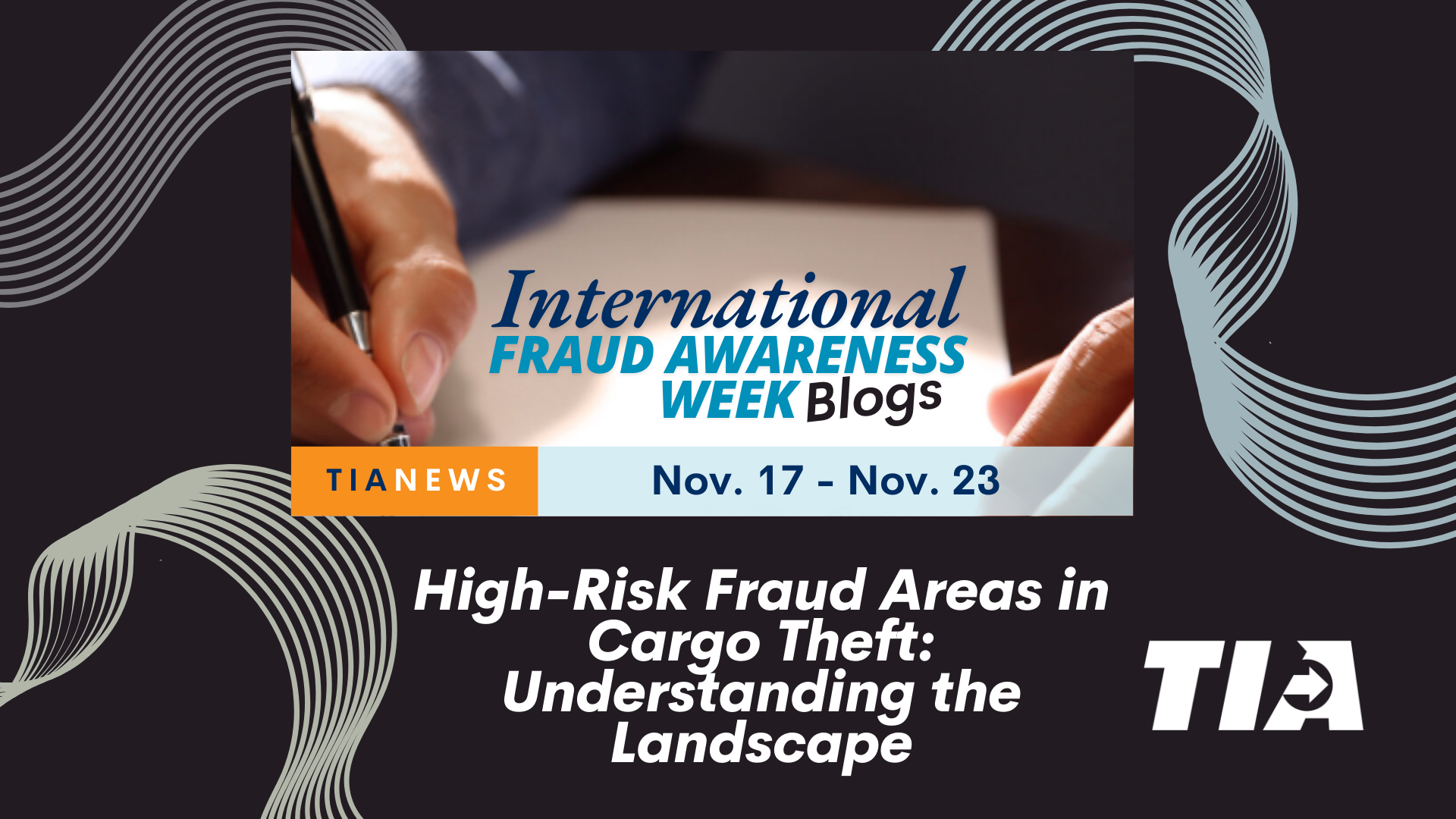High-Risk Fraud Areas in Cargo Theft: Understanding the Landscape

Cargo theft remains a significant challenge in the logistics industry, with certain regions in the United States consistently identified as high-risk areas. These regions, including Southern California, Texas, Illinois, and Georgia, share several common characteristics that make them hotspots for cargo theft. However, the landscape is shifting, with non-traditional areas increasingly targeted by sophisticated theft rings.
Why Are These Areas High Risk?
1. Port and Rail Proximity
Many high-risk areas are either ocean port cities or major rail hubs. For example, Los Angeles and Long Beach in California, Savannah in Georgia, and the sprawling rail yards in Chicago and Memphis serve as critical nodes in the national supply chain. Ports and rail yards handle vast volumes of freight, making them prime targets for theft.
2. Population Density and Economic Activity
High-risk regions often have large populations and bustling economies. California, boasting the world’s fifth-largest economy, and Texas, the fastest-growing state economy in the U.S., exemplify this trend. These factors contribute to the high volume of goods moving through these regions, increasing opportunities for theft.
3. Infrastructure and Accessibility
Major highways and arterial routes intersect in these regions, facilitating the movement of goods—and unfortunately, making it easier for thieves to target and escape with stolen cargo.
Shifting Trends: The Rise of Non-Traditional Areas
While traditional hotspots remain critical, there’s an emerging trend of cargo theft in less expected locations like Omaha, Wyoming, the Dakotas, Montana, and Colorado. These regions, traditionally seen as low risk, are now on the radar of strategic theft rings.
Here’s why:
1. Sophisticated Theft Rings
Modern thieves no longer need to be physically present in high-risk areas. Strategic theft involves tactics like fictitious pickups and identity theft, where criminals manipulate systems to steal goods remotely. They simply send a fraudulent entity to collect the desired freight, regardless of location.
2. Lower Awareness in Non-Traditional Areas
In regions with a minimal history of cargo theft, there is often a lack of awareness and preparedness. This creates easier targets for thieves, as local businesses and logistics operators may not have robust anti-theft measures in place.
3. Targeted Operations
Strategic thieves target specific commodities rather than regions. This means they can exploit vulnerabilities in any location where the desired goods are stored or transported.
The Need for a Cultural Shift in Security
To effectively combat cargo theft, especially in these emerging non-traditional hotspots, there needs to be a fundamental shift in how security is perceived and implemented across the supply chain. Security must become an integral part of operations, irrespective of the location or commodity being transported.
Businesses must adopt comprehensive security protocols as a standard practice, involving all stakeholders—shippers, freight brokers and carriers. This proactive approach ensures that even regions with low historical risk are adequately protected against evolving threats.
Conclusion
High-risk fraud areas are evolving, with sophisticated theft operations extending beyond traditional hotspots. By fostering a culture of security within the supply chain, companies can better protect their assets and minimize the impact of cargo theft, no matter where it occurs.

